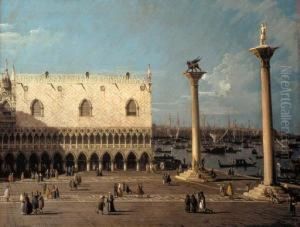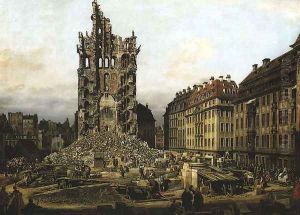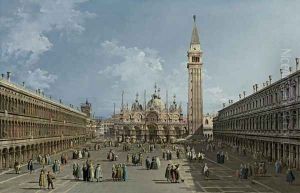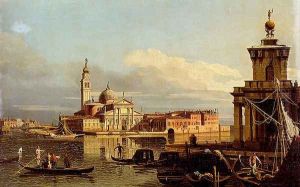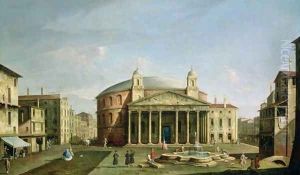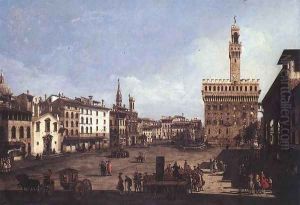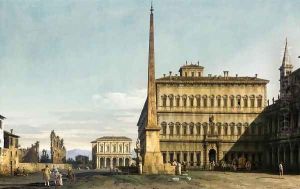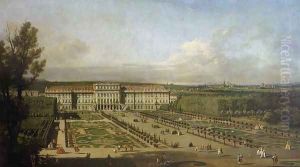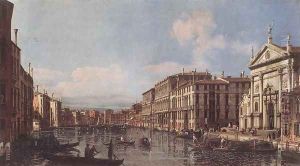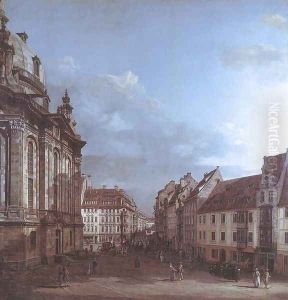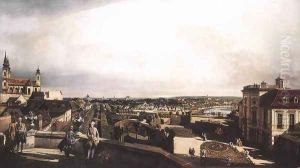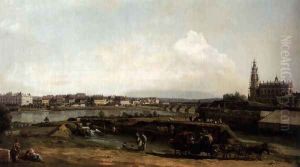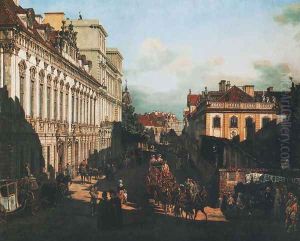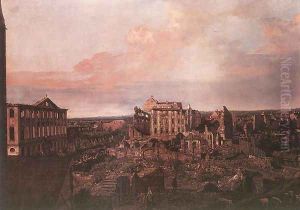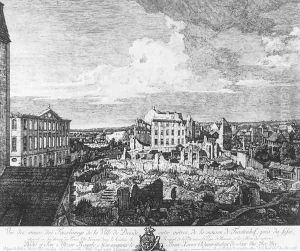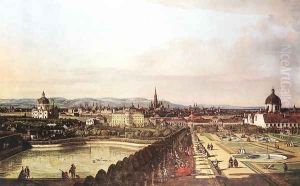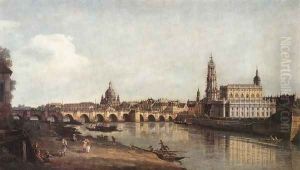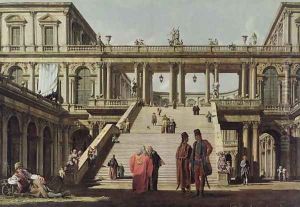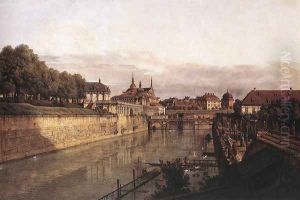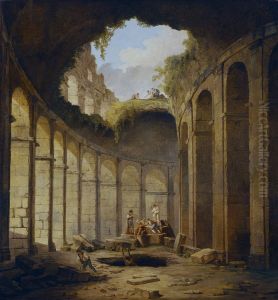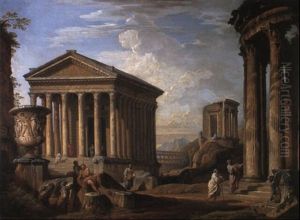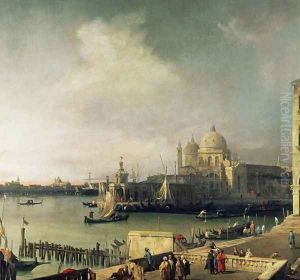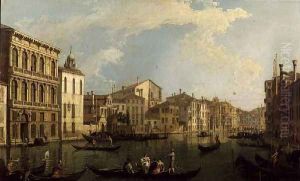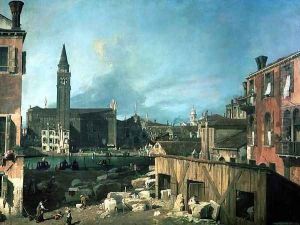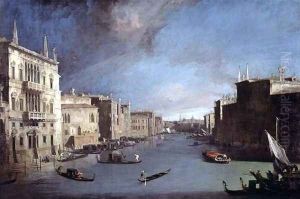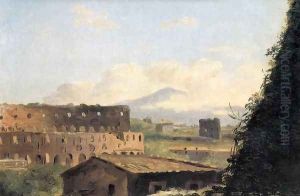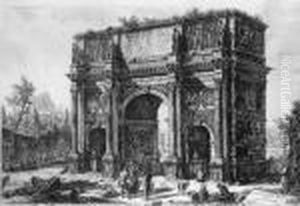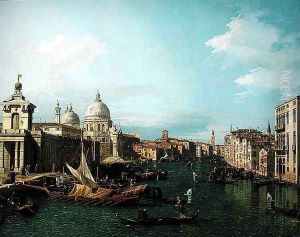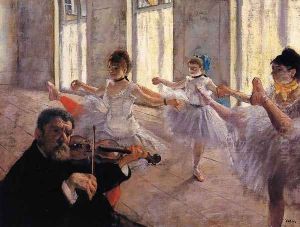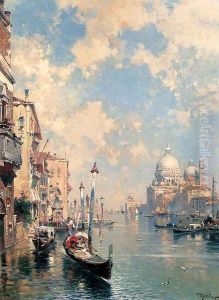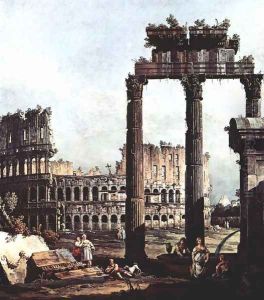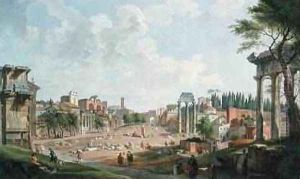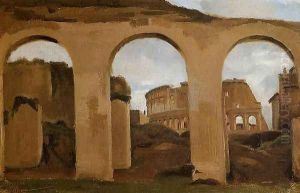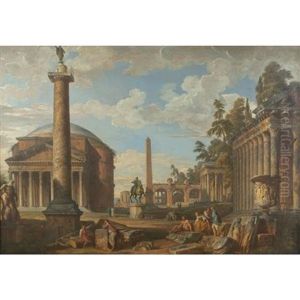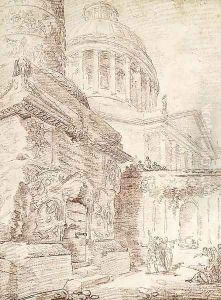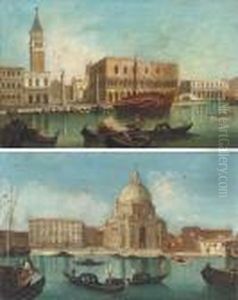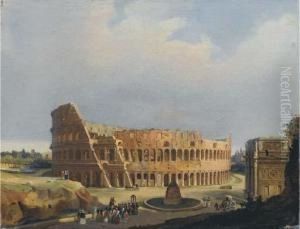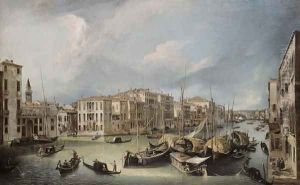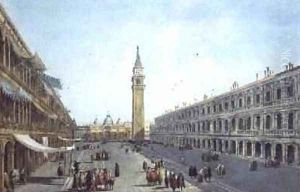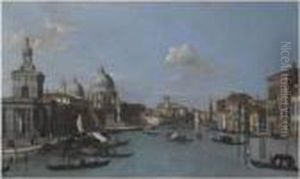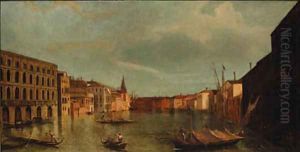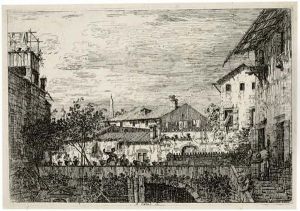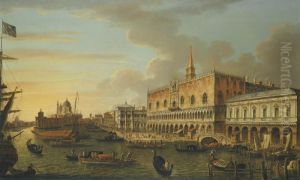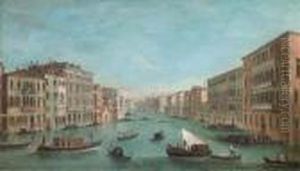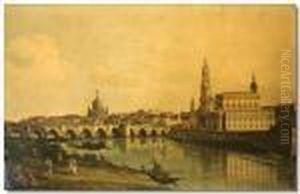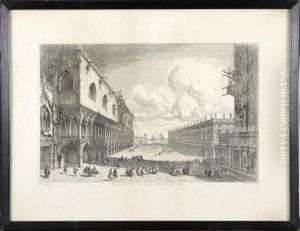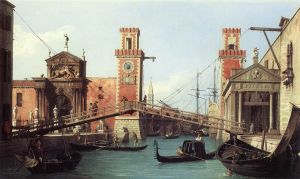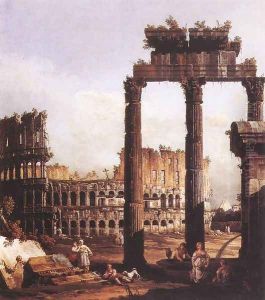





Capriccio with the Colosseum 1743-44
-
About Reproduction
Bring the timeless beauty of Bernardo Bellotto's Capriccio with the Colosseum 1743-44 into your home with a handmade oil painting reproduction. Carefully recreated on canvas by skilled artists using traditional techniques, this piece captures the delicate brushwork, subtle light, and vibrant color of the original masterpiece. With museum-level quality and rich texture, it brings elegance and artistic depth to any space. Enjoy free shipping and make this masterpiece a part of your personal collection.
-
Original Description
Bernardo Bellotto's Capriccio with the Colosseum (1743–44) is a mesmerizing 18th-century Venetian capriccio—a fantastical architectural composition blending real and imagined elements. The painting captures the grandeur of Rome’s iconic Colosseum, reimagined alongside romantic ruins, classical arches, and sun-drenched landscapes. Bathed in Bellotto’s signature cool, silvery light, the scene exudes a poetic melancholy, heightened by the meticulous precision of the veduta tradition. A master of perspective and atmospheric depth, Bellotto elevates the genre beyond mere topography, infusing drama through contrasts of crumbling stone and vast skies. This work reflects his training under Canaletto and the broader Enlightenment-era fascination with antiquity and idealized ruins. While less famed than his later Prussian court paintings, this early piece showcases Bellotto’s transitional brilliance, bridging Venetian vedutismo and the solemnity of northern European landscapes.
For a refined yet dramatic interior, this painting would elevate a study or formal living room. Opt for a gilded or distressed wood frame to echo its Baroque origins, and hang it against deep-toned walls (navy, olive, or taupe) to intensify its luminous contrasts. Ideal above a Chesterfield sofa or a vintage writing desk, it pairs beautifully with neoclassical furniture—think marble accents, tapered legs, and gilt mirrors—to harmonize with its architectural themes. A midsize print (24"x36") ensures visibility without overwhelming, while a gallery wall with smaller Italianate sketches could create a curated vignette. Soft, textured fabrics in burnt umber or slate blue would subtly pick up the painting’s earthy palette, avoiding competition with its intricate details. In offices, position it near bookshelves or leather furnishings to underscore intellectual sophistication.
-
Lead Time & Shipping
When you order this oil painting replica, it typically takes 2-3 weeks to paint. If the artwork is more complex, it might need a little more time to ensure the best quality. Once it's ready, we'll send you a photo for your approval. After you give the green light, we'll ship it to you for free.
-
Return & Refund
We believe in the quality of our hand-painted oil painting reproductions, and your satisfaction is our priority. If for any reason, you are not completely satisfied with your purchase, we offer a 45-day return policy. You can return your artwork within 45 days of receipt and receive a full refund. Please note that the artwork must be returned in the original packaging and in the same condition as it was received.





















